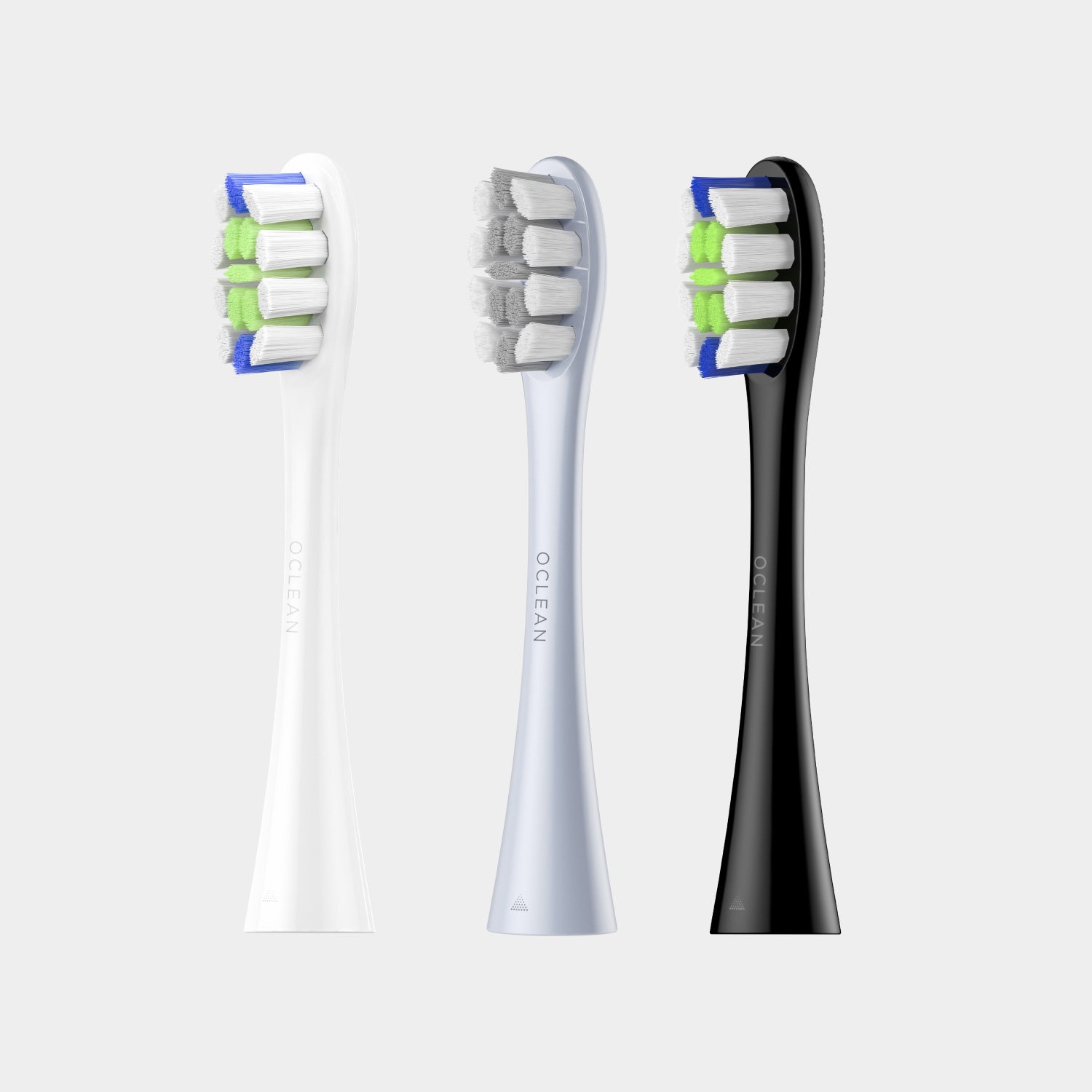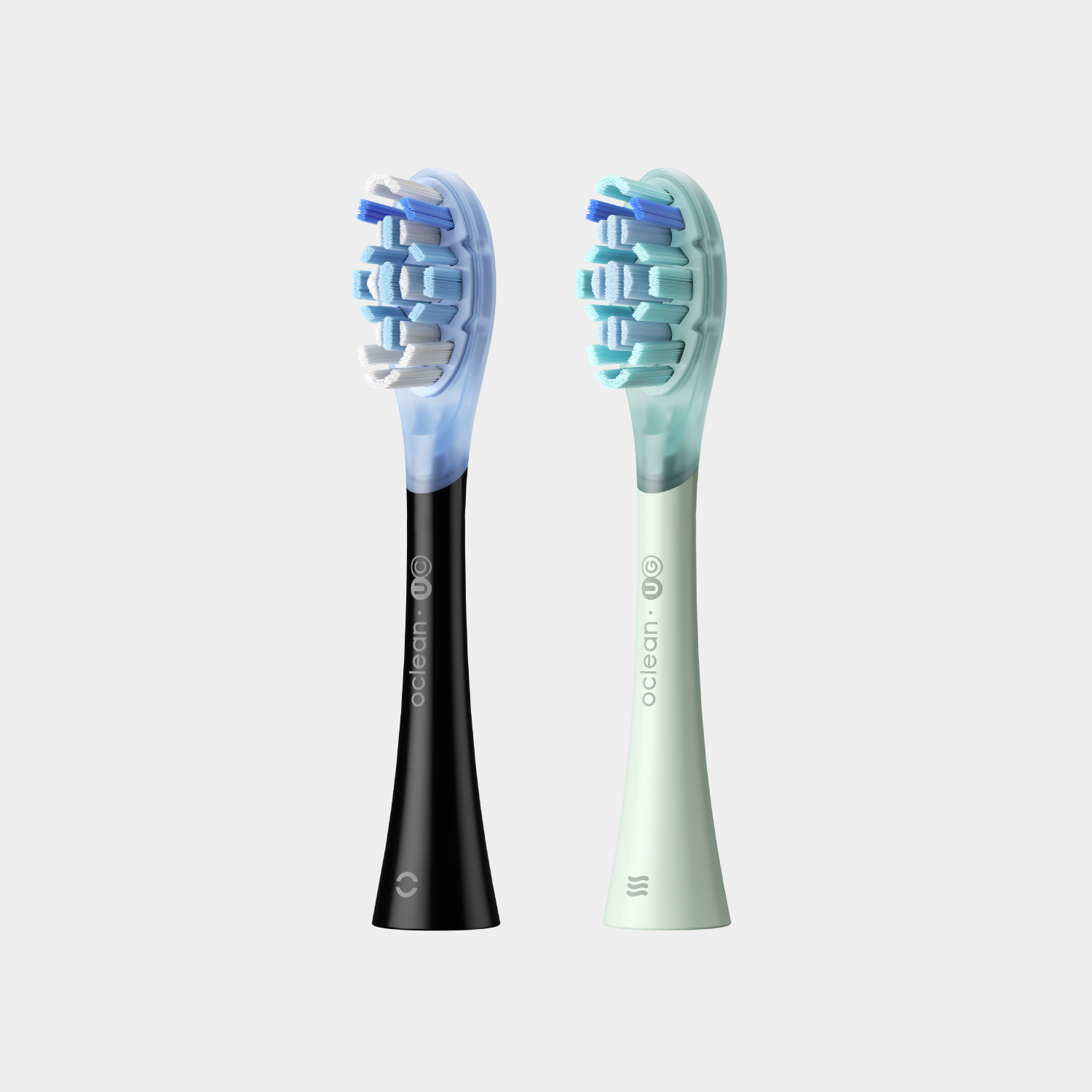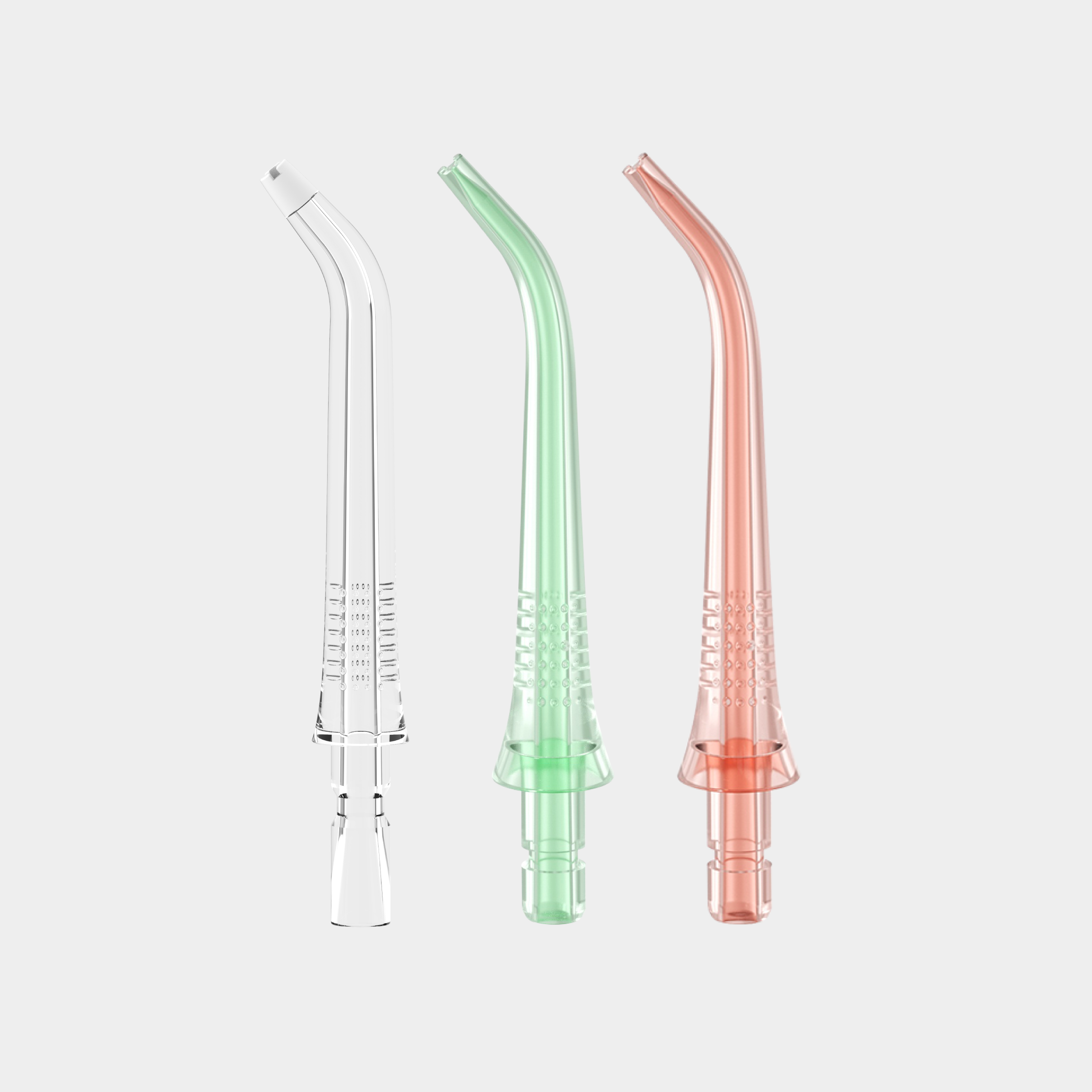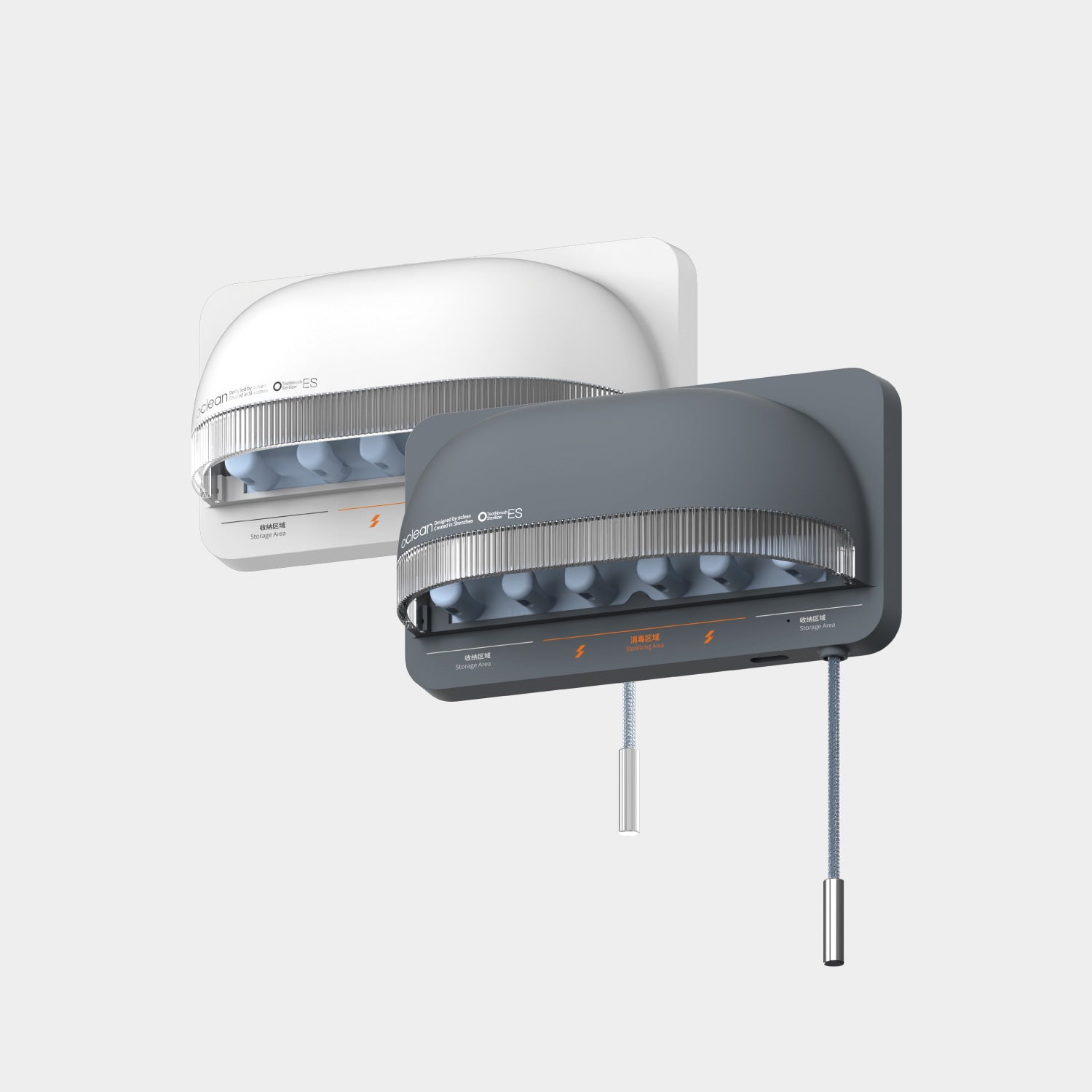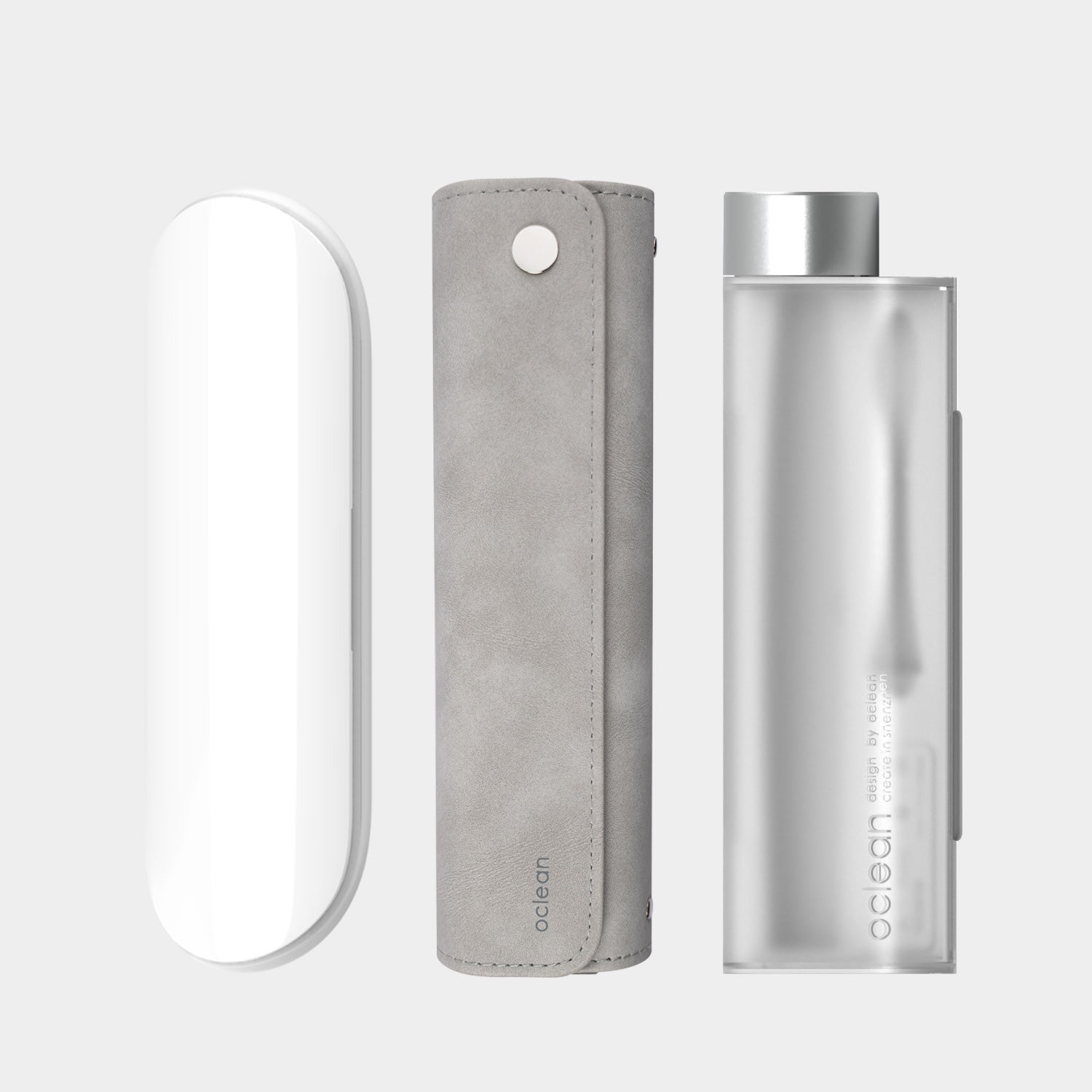Tooth extractions are a procedure that most people would like to avoid due to their implications. Losing a tooth leaves an empty gap in the mouth and, even worse, can be highly uncomfortable.
Since the dentist dislodges the tooth from the socket, tooth extraction can be a painful experience. However, the dentist can prevent pain during the procedure and ensure a more pleasant experience by using appropriate techniques and anesthesia.
Fortunately, ensuring patient comfort has become a standard practice for every dentist worldwide.
We'll talk in this article about pain management during and after tooth extraction and explain a few aspects that should be considered.
Is it possible to avoid pain during tooth extraction?
Dental treatments are constantly evolving to achieve better results and guarantee less pain and discomfort for patients.
Nowadays, dentists can rely on several techniques and medications, such as anesthesia, to avoid pain during tooth extractions.
Tooth extraction can be considerably painful because the teeth are connected to a nerve running across the bone. Therefore, removing them from the socket severed the nerve connection, which triggers a painful reaction.
Fortunately, anesthesia blocks the pain signal from reaching the brain. As a result, the patient doesn't experience any pain during the tooth extraction.
Common options for preventing pain
There are different options available to prevent pain during a tooth extraction. Nonetheless, some of the most common include:
- Local anesthesia:
Local anesthesia is the preferred method by most dentists to prevent pain. This type of anesthesia is injected directly into the mouth. This way, the dentist can block the nerve connected to the tooth that is going to be extracted.
The effect usually lasts around one hour. Although there are several types of local anesthesia, lidocaine, and novocaine are among the most popular alternatives.
- General anesthesia:
General anesthesia is usually reserved for specialized cases. This alternative requires an anesthesiologist responsible for administering the medication and checking the patient's vitals.
Unlike local anesthesia, the patient is entirely unconscious while under general anesthesia. During this time, the patient is unable to feel anything.
- Sedation:
Sedation is another popular alternative. It causes the patient to feel sleepy and relaxed while the dentist performs the procedure.
Sedation can be done through a pill, tablet, or nitrous oxide. Nonetheless, it can also be performed through an intravenous injection. This provides stronger sedation.
How long does a tooth extraction hurt?
Although the dentist can prevent pain during the procedure, it is normal to experience mild or moderate pain and discomfort once the anesthesia effect wears off.
This is a normal reaction caused by the trauma during the tooth extraction. This pain usually lasts between 1–3 days. Afterward, it should quickly disappear as the area heals.
If the pain increases or doesn't fade after 3 days, it is highly recommended to visit the dentist for a check-up. This could be caused by an infection or a dry socket. Nonetheless, only the dentist can determine if there is a real problem.
Why does the tooth next to the extraction hurt?
Occasionally, the pain can extend to teeth next to the extraction site. This is usually caused by inflammation or excessive pressure during tooth extraction.
During the procedure, the dentist might use a specialized tool called an elevator. While using it, the dentist could lean it against the tooth next to the one being extracted. If too much pressure is applied to this tooth with the elevator, it can cause the surrounding ligament to hurt. Nonetheless, the pain should fade after a couple of days.
Additionally, pain and inflammation are not always confined to the extraction site. This can make it seem like the tooth besides is also hurting.
How to manage post-op pain?
Over-the-counter medication and good oral hygiene are the best methods to ease the pain after tooth extraction. Dentists usually prescribe painkillers and anti-inflammatory medication, such as ibuprofen, to treat post-op pain.
Additionally, placing an ice pack or warm compresses on the cheeks on top of the extraction site can help reduce swelling.
Lastly, good oral hygiene can prevent infections which also prevents pain. Although the area is significantly sensitive, it is essential to carefully clean the mouth properly and brush the teeth. This removes food and any harmful bacteria that could infect the wound.
One of the best ways to ensure good oral hygiene and prevent pain during the healing process is by using high-quality oral care products. Oclean offers a wide variety of high-end sonic toothbrushes to remove plaque more efficiently while still being gentle. One of the best alternatives is the Oclean X Pro Digital Smart Electric Toothbrush. Since it is integrated with 3 cleaning modes and 32 intensities, it allows for gentle cleaning of the teeth close to the extraction site.
The takeaway
Tooth extraction can be a painless procedure if it is done correctly and under anesthesia or sedation. This blocks any pain signal from reaching the brain during the surgical procedure.
Nonetheless, pain can still be a small issue after the treatment is over, and the anesthesia effect wears off. Fortunately, this pain is only mild to moderate and can be easily reduced with over-the-counter pain medication. Additionally, it tends to last only up to 3 days.






















































